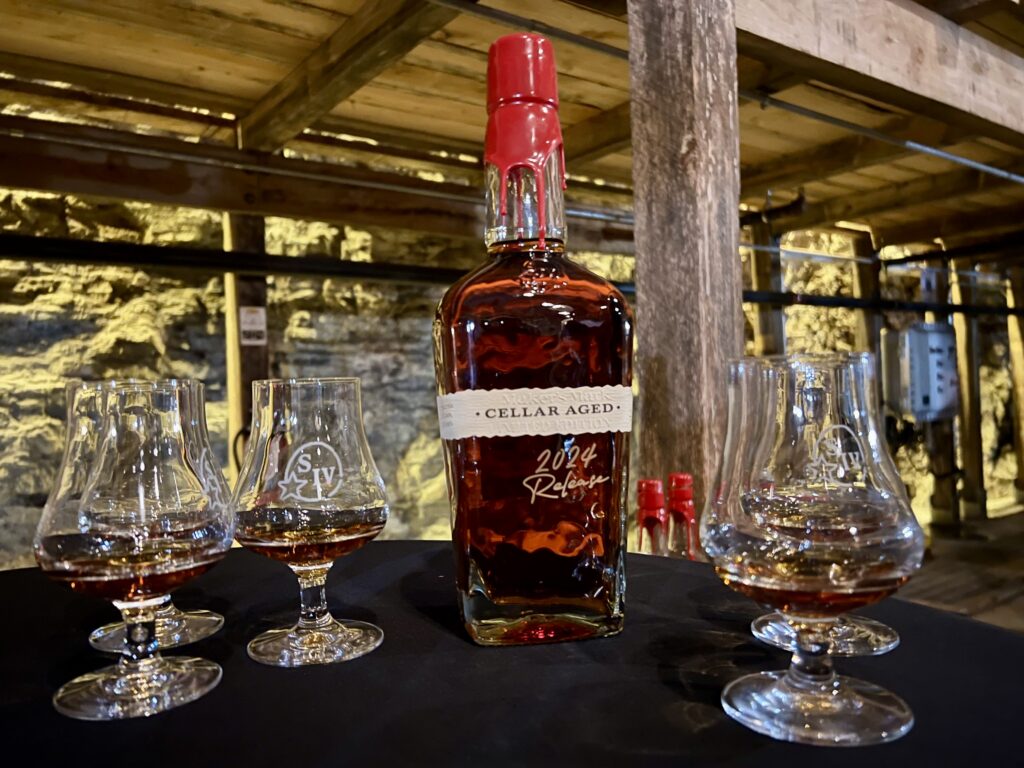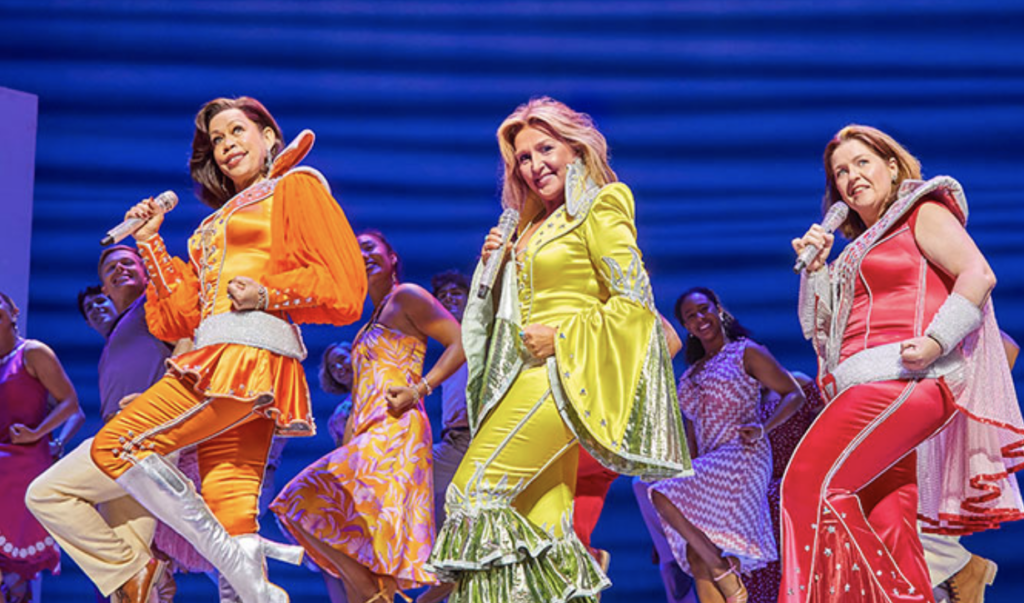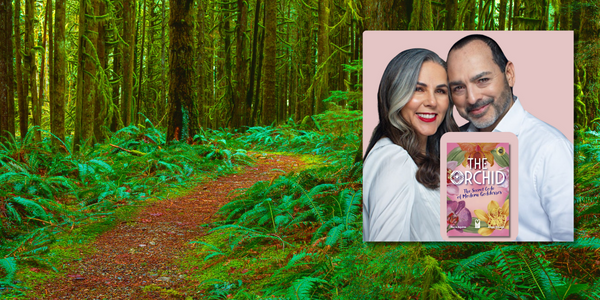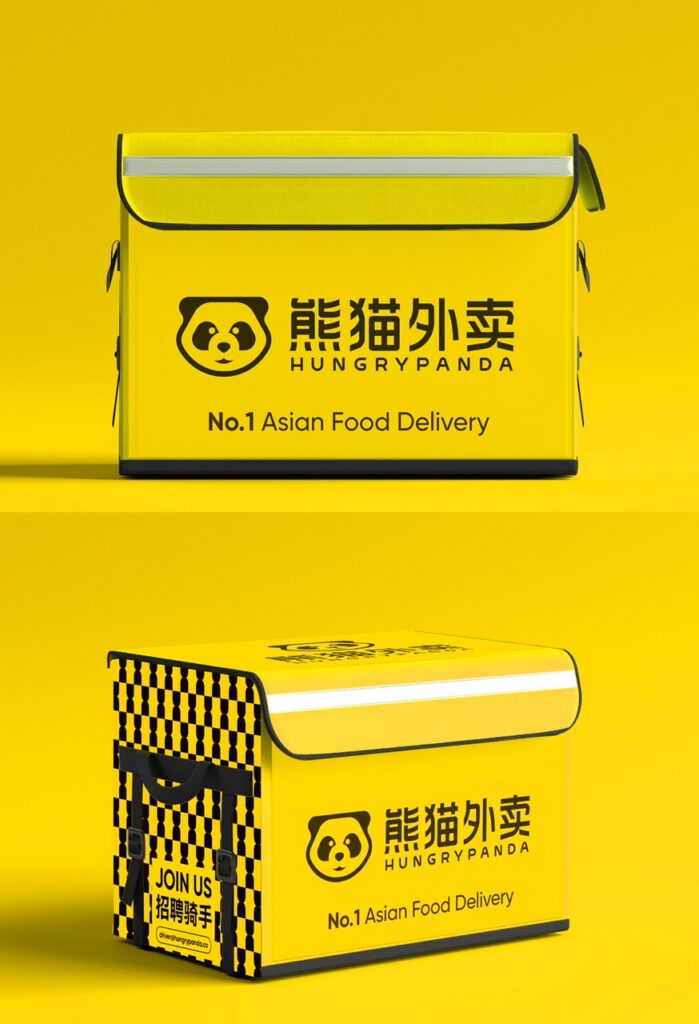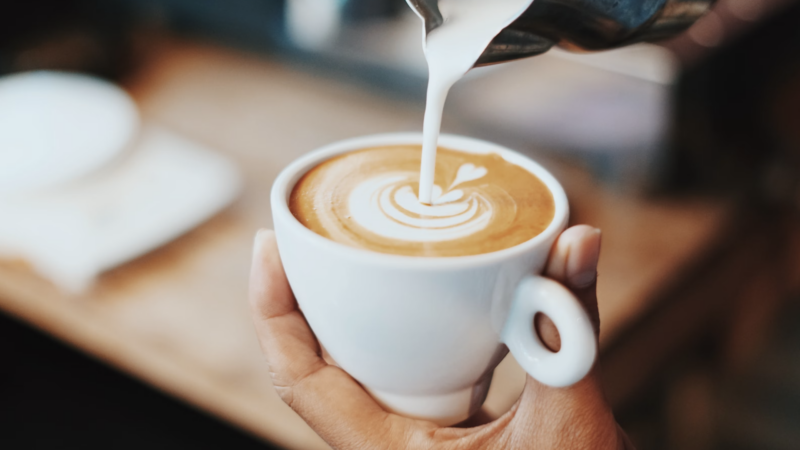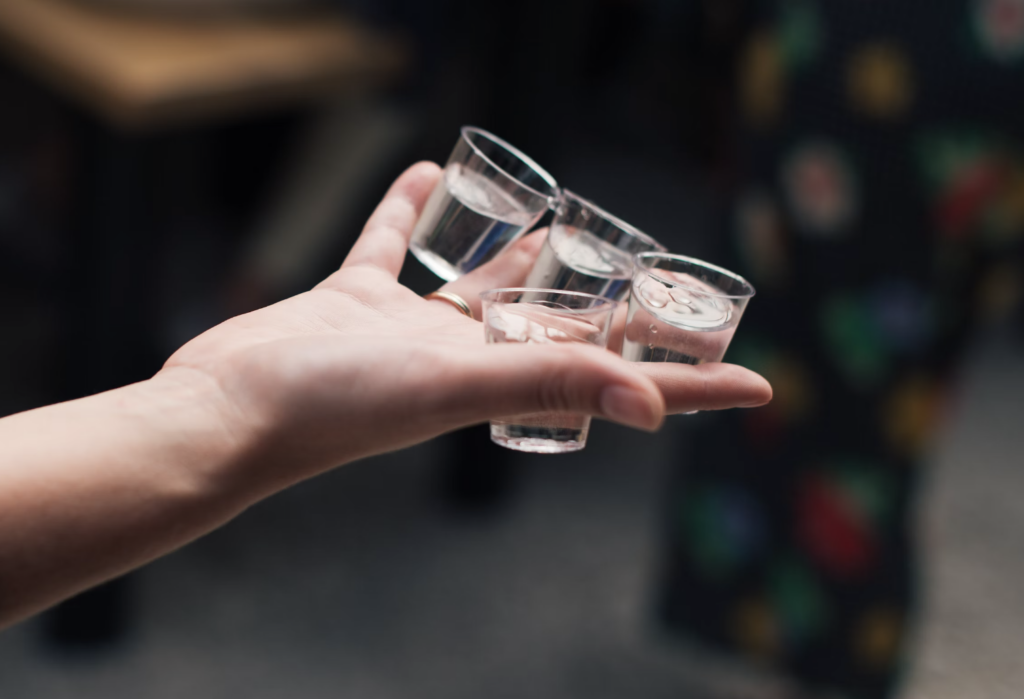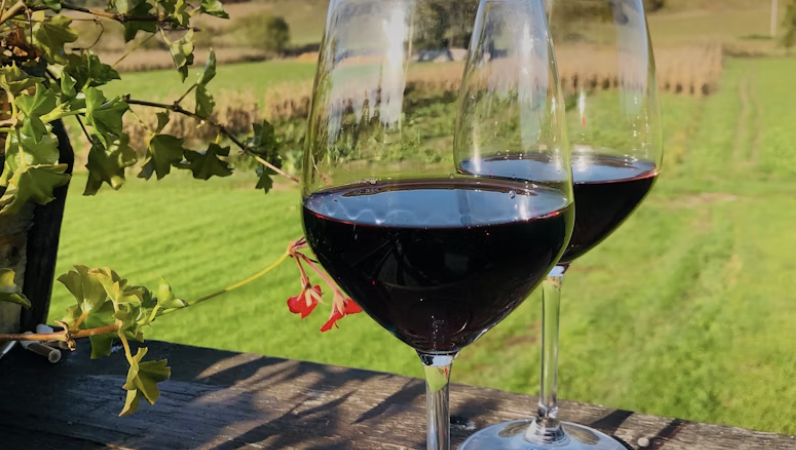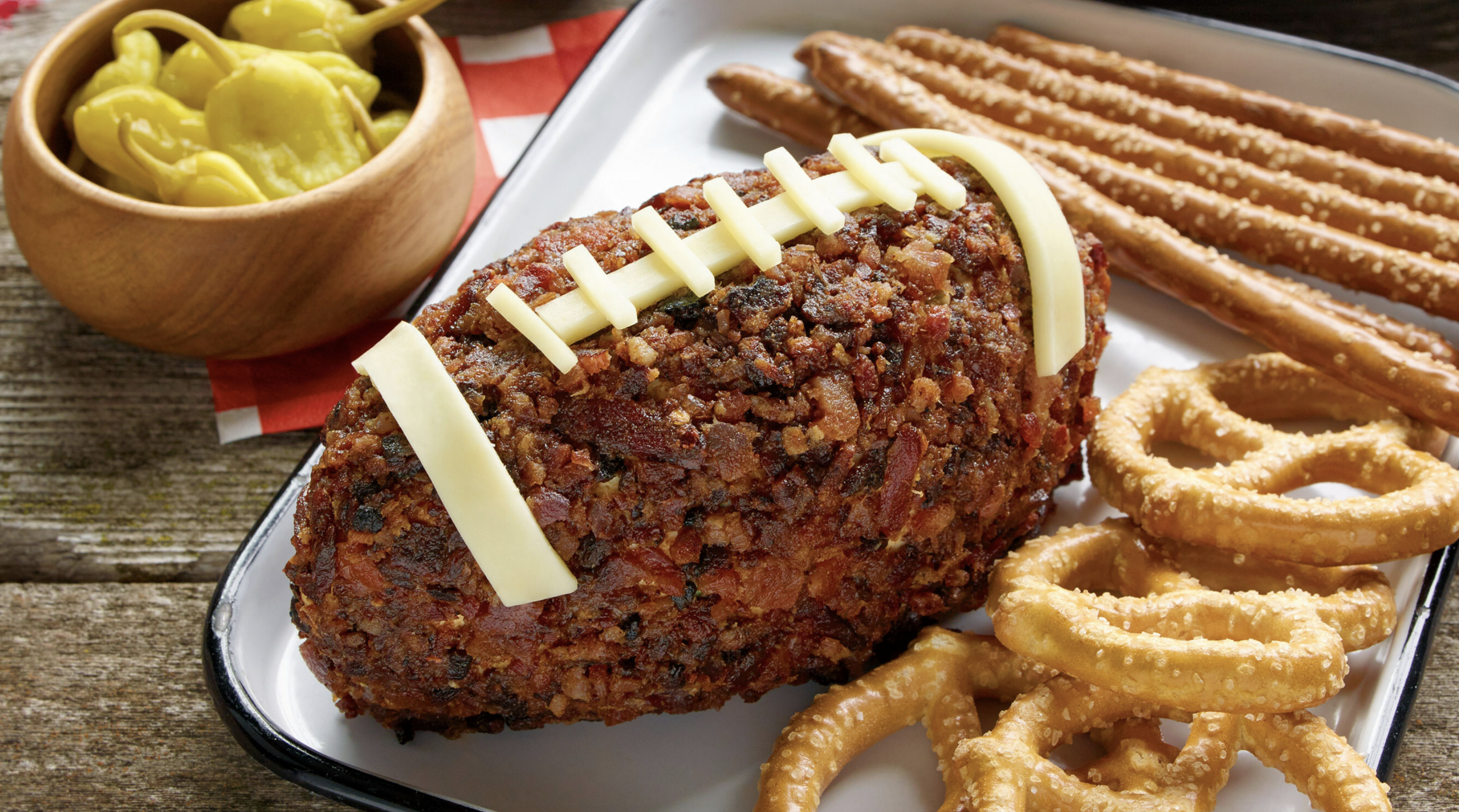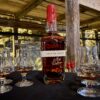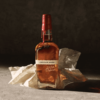Philly Discovers Aphrodise Sparkling Wine, Taste it Before Your next Party, Frank Schilling Reveals
Philly Discovers Aphrodise Sparkling Wine, Taste it Before Your next Party, Frank Schilling Reveals
Whether it’s a wedding, party, or just drinks with dinner. We want taste. Maybe we want a few drinks. We also want to protect ourselves from tomorrow’s hangover.
It’s hard to find a drink that can take day to night quite like a Greek rosé and Aphrodise wants to prove it to you.

Frank Schilling, Co-Founder of Aphrodise
Today’s conversation with Frank Schilling from Aphrodise has been edited for length and clarity. For the full, un-edited conversation, visit our YouTube channel here.
Joe Winger:
Our audience is foodies. We’re wine lovers. What’s the most important message today you want to share with an audience of foodies and wine lovers?
Frank Schilling:
I’m an Epicurean myself. I don’t have a lot of pretense around my love of food and wine, I just love great food and wine and I’ve tasted so many great things.
I’m a character who hasn’t had a meal at home in 22 years. As an internet entrepreneur, I used to work, literally seven days a week for many years and eating out was my escape from my work because it’s the one place my laptop and phone couldn’t rule the day, or the moment.
For me, eating out was that escape and that vacation of the moment.
I created a life around dining out probably like many of your listeners or viewers. And I have a deep well of respect for great food and wine and also for the people who admire it and chase it, it’s a, it’s one of the great things in life.
I’m always stunned by people who don’t truly love food. I feel like they’re missing something and leaving part of life on the table.
Discovering Aphrodise sparkling wine
Joe Winger:
You have this new discovery. Let’s talk a little bit about Aphrodise. Tell me about how you discovered the grape varietal?
Frank Schilling:
I’m a wine lover. I tasted my way through Bordeaux and Burgundy.
All the way through, I could never really tell a Merlot from a Cab. I’d be lying to you if I said I knew what a Nebbiolo or a Valpolicella was and how all those grapes differed from each other.
I do enjoy great brands of wine. I do understand the difference between years and what impacts a year.
But when I was building [my restaurant] it was COVID. I was doing some fingertip math and I realized we’re gonna have to start bringing over a lot of sparkling [wine] for mimosas and for brunch. It was 300 seat restaurant, two seatings, 600 seats on a brunch [shift].
You start to do the math and you realize, “Wow, 52 weekends a year, bottomless mimosas. I’m going to need about 3,000 bottles of wine per quarter of champagne. So let’s go out and get some. We live on an island and supply chain management wasn’t really an option.
So we started to taste through different varieties of champagne.
I came to discover what Tom Cruise did in [the movie] “Cocktail”, which is, champagne is like perfume going down, but like sewage on the way back.
It comes from a well meant place, not mean spirited towards the great region of Champagne.

Joining the Aphrodise sparkling wine party
It’s just the nature of Champenois produced wine and that Chardonnay grape that makes a beautiful champagne is such that you just can’t consume a lot of it in the heat or humidity in the sun.
Traditional Champagne vs Aphrodise Sparkling Wine
It just isn’t the type of forgiving libation that lets you function afterwards and you don’t feel good.
The yeast isn’t good for a lot of people. Not everybody’s impacted the same way but, a large portion of the population doesn’t do well with champagne and heat in sunlight as a day drink.
The recovery profile isn’t something that people look forward to.

Aphrodise from the grape varietal called Xenomavro
I discovered that I’d had that problem myself for years. The yeast wasn’t working for me.
So when I discovered Aphrodise, it was a grape varietal called Xenomavro.
A high altitude grape, Greece’s most noble grape.
It’s a very forgiving drink. In a sparkling format, it’s something you can drink in the heat, it’s something you can drink in larger quantities, I can tell you that the recovery profile, for me and for many others, is exceptionally good.
Meaning you can drink a lot of it and bounce back and go again.
As a wine producer, that’s music to your ears. But it’s also nice knowing I’m making people feel better. I’m not putting something in the market that’s going to make you feel sick after overconsumption.

At a party enjoying Aphrodise Sparkling Wine
Joe Winger:
Just to give a little backstory. Frank, I hope you’ll talk to us a little bit about one of your first adventures. You mentioned you’re an internet entrepreneur, you had some success with website domains.
Can you explain a little bit about that and maybe a lesson you learned from that journey?
Frank Schilling:
It’s a lesson that some of your listeners and viewers probably have some experience with.
I registered a domain name back in the dot com era. Then I registered 2 [dot com names], then 10 and I got some generic names like wine.com , cars.com. Names like those.
I started to realize, wow, these names have value.
I wound up registering a lot of generic names and then I had difficulty managing them because in those early days of the Internet, it was all very unwieldy. The infrastructure for managing those names.
So I created a lot of that management infrastructure. Then in the process, grew that business over a 20 year horizon and wound up selling the 3 companies that comprised that enterprise to a company called GoDaddy, which we’ve probably all heard of.
So some of their infrastructure was my infrastructure and is now their infrastructure.
To the extent you like the new GoDaddy offering for managing domain names, you’re welcome, for the small part I played in helping that become a reality.
In the old days, I was traveling a lot. I had an office in Manchester in the United Kingdom, one in Newport beach in California and my main office here in the Cayman Islands. I would travel between the offices, New York, Miami and many other cities, just for work all around the world.

Enjoying Aphrodise Sparkling Wine
At the beginning of COVID that all came to a grinding halt. I sold those businesses and decided that with my love of food, if I was going to stay in the Cayman Islands, I realized I’m gonna have to eat at home more and I realized, the offerings of restaurants wasn’t the depth was hoping for.
So I built the restaurant, as a result of that that then led to Aphrodise.
Joe Winger:
I love the full circle of it.
Since we’ve mentioned the restaurant once or twice. Can we hear more about your restaurant Mykonos Cayman?
Frank Schilling:
Sure. During COVID lockdowns, there was a new plaza going in on the beach and I had mentally designed a restaurant years ago, but sold the real estate for it.
So when I saw the plaza going up, I was crestfallen. These guys built my dream on their land. My fantasy of what a place would look like. But then I was happy to learn that the plaza was a strata titled affair. It wasn’t owned by one conglomerate.
So I bought into that plaza so I could control the real estate. Then once I had the real estate I did a sort of “money no object” fit out that left a very residential-looking restaurant really quite beautiful.
I love the culture of Greece and I love the idea of the long lunch and the lack of pretense in the party and [being] all welcoming, with children, grownups will dance on the table and get really carried away.
The kids are running around. It’s all very loving and family oriented.
Whereas, Ibiza is a little more drug fueled and party, ragey and a little more intense.
I loved the soulful day party of Greece. We’re on an island and the Greeks are on islands. So I thought how nice it would be to bring some of that to my reserved island here in Grand Cayman. Grand Cayman is more of a place you quietly go to escape and enjoy the beach and family.
It’s not really a St. Bart’s where you go to seek out a great party. I always hoped that there’d be room for at least one place like they have in St. Bart’s here.
So I built a really big place, 320 seats, super residential, relaxed, welcoming, But completely devoid of pretense. You can come in, flip flops and shorts, or you can come in a beautiful gown as we’d hope in the evening.
But we don’t have a lot of structure and posture around it. We want you to feel free when you come. So that, I built that venue here, and you can see it online.
It’s called Mykonos Cayman. We have an Instagram where people can learn about the restaurant.
When you come, please come for a glass of Aphrodise on me. Mention Frank said I could have a glass of Aphrodise
Joe Winger:
You introduced Aphrodise at the Las Vegas Wedding Show. How did it go? Why do you think Aphrodise is the best drink to have at a wedding?
Frank Schilling:
It’s the color of love. It’s a beautiful color of red.
We took it to the wedding show because I thought that wedding planners would share the same pain point that I discovered as a restaurateur. Which is, if you want to buy a bottle of great champagne, easy, you go to the liquor store.
But when you start getting up there and you need 100 cases for an event or a series of events, getting that quantity consistently and getting a good product is actually quite difficult. And expensive.
So we thought we’d introduce Aphrodise.
Knowing that we could go directly to the wedding planners and help their fulfillment and execution and deliver a better product.
Something that people could really lavish in the heat or at an after party where you’re really enjoying the bubbly and then feel better in the morning. That was really the goal.
My first champagne experience was at a wedding and I drank a little too much. For the next day or two, I was laid up.
So we try to bring something to market that is good for people or at least makes them feel good in the moment and helps them recover.
We had a line all day. I poured a 5,000 servings of Aphrodise that day. People loved it.
Let me tell you, that’s a lot of work, opening bottles. It looks very glamorous. But when you’re really going at velocity, my hands hurt at the end of the day.
We got a lot of upstart business out of that. People were like, “Wow, this stuff is actually quite good.’
Joe Winger:
Let’s talk about flavor profile.
Pouring out 5,000 samples, what’s the most common feedback we get about the flavor, aroma, the mouthfeel, what are we experiencing?
Frank Schilling:
So when you sip a drink and you talk about mouthfeel or we have a glass of wine or champagne and you have a sip and there’s a little bit of a yeasty, gamey after taste.
For some people in red wine, it can be somewhat desirable.
In champagne, unfortunately it stays with it as well.
When you’re having champagne, which is more of a celebratory libation, that’s not a desirable quality. You want to have something that finishes clean in your mouth.
If you have lots of sips, you’re going to get a good buzz. You want to be able to recover quickly and elegantly without that headache that comes from the yeast and all those elements that bring its flavor.
So the taste of Aphrodise is a very clean mouthfeel and it finishes with a light crisp apple or cherry. Some people taste strawberry.
It’s a small bubble. Very light charmat, produced in small vats, a naturally produced bubbly effect. It lives in tanks for 3 months and it gains its bubbly in a natural way.
A little more expensive to produce that way. Prosecco, for example, will carbonate. They’ll add carbonation just like you would to a can of soda.
We don’t carbonate. We allow the bubbly to form naturally through the fermentation process, which is how it should be.

Co-Founders of Aphrodise Sparkling Wine
Joe Winger:
When it comes to food and wine pairing. What would be your favorite dish to pair with a glass of Aphrodise?
Frank Schilling:
Aphrodise is literally the only thing that I drink, and I’m crestfallen when I can’t find it.
It’s a dark rosé so it goes nicely with meat – a burger or a steak. Chicken or fish. It’s also a great dessert drink.
I like Aphrodise as a warmup libation and as an after dinner, like celebratory drink if you’re having a party, there’s an after party.
Joe Winger:
You’ve done a lot in your life. You’ve had a lot of adventures, a lot of successes.
Any inspiration or lessons you can share with the audience?
Frank Schilling:
The answer is love for people and love for living your best life, love for conviviality. I have a lot of love for the people that I encountered that have helped me in my journey. Those who’ve just been a part of my life, there for a season or there for a reason, as the saying goes, I try to embrace everybody.
See the good in everybody. There are people you click with more than other people. I say yes to everything unless it hurts me. I have a real lust for life and a good energy level.
Joe Winger:
If you’re loving Frank’s energy and his positivity, you wrote an amazing book. Would you mind giving us a summary of the book and what it was like writing it?
Frank Schilling:
It’s called Omnia Vincent: the universe wants you to win.
I wrote the book as I’d sold my businesses. It was during COVID lockdowns and everybody was [going through a] “The end of the world” mood type thing at that time.
You write a book like this for your grandchildren. If one day they want to know more about grandpa and did our success come from or where did our financial wealth come from?
It’s nice for them to know a little about the person who tried hard and maybe you can see something in yourself. So I really wrote it for my future ancestors.
I want to be the guy who left something for the grandkids and great grandkids to understand a little about my brain. And it’s really just written in short micro chapters.

Joe Winger:
Because you’re an epicurean, if you’re going to have any plate for dinner tonight, what would it be and why?
Frank Schilling:
Tonight I’m actually feeling a Pittsburgh style steak, seared on the outside. I haven’t had good red meat in about a week, and we just got some A5 Wagyu at the restaurant Our chef is a butcher and he’s also a certified Angus ambassador. So he gets great cuts.
We do a beautiful short rib burger, which is really lean short rib again on the outside with a bit of a char finish. We have a charcoal grill inside the restaurant, which is beautiful.
Joe Winger:
Thank you so much for your time. If someone wants to learn more, what are the best ways to find and follow websites, social media for Aphrodise?
Frank Schilling:
DrinkAphrodise on Instagram and the website DrinkAphrodise.com




